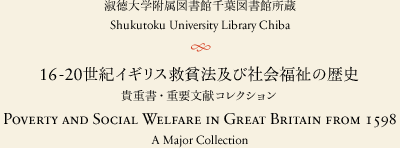 |
 |
 |
 |
1767
INFANT MORTALITY AMONGST THE LONDON POOR |
048. HANWAY, Jonas. Letters on the importance of the rising generation of the
labouring part of our fellow-subjects; being an account of the miserable state of the
infant parish poor; the great usefulness of the hospital for exposed and deserved young
children properly restricted; the obligations of parochial officers; and an historical
detail of the whole mortality of London and Westminster, from 1592 to this time. In
two volumes. London: Printed for A. Millar and T. Cadell. 1767. Half title, 246p
+ folding table; Half title, 319p. Early nineteenth century quarter calf. A very nice
set.
HIGGS 4188. KRESS 6445. GOLDSMITHS 10361.
This work was Hanway's most important and certainly his most substantial
contribution to the subject of the condition of the children of the poor in London. He
published it to coincide with Parliament's taking up the matter. A Bill was introduced
which received the royal assent on 29 June 1767. This Act embodied almost all of
Hanway's suggestions. Hanway called it "Our Infant Bill" and by its provisions
parishes had a duty to offer protection to destitute infants either in the Foundling or
Orphan Hospital or to send them at least three miles out of London for fostering.
Dorothy George described this Act as "a very important landmark" and "the only
piece of eighteenth-century legislation dealing with the poor which was an unqualified
success..." Hanway himself was a little less confident. But a Commons Committee
considering the issue found that during eleven years that the Act had been in force the
rate of infant mortality amongst the poor of London was just over twenty per cent. In
the years preceding the introduction of the Act there had been a horrifying death rate
of eighty per cent during the first year of life.
|
 |
|
 |
 |
 |
 |
|



